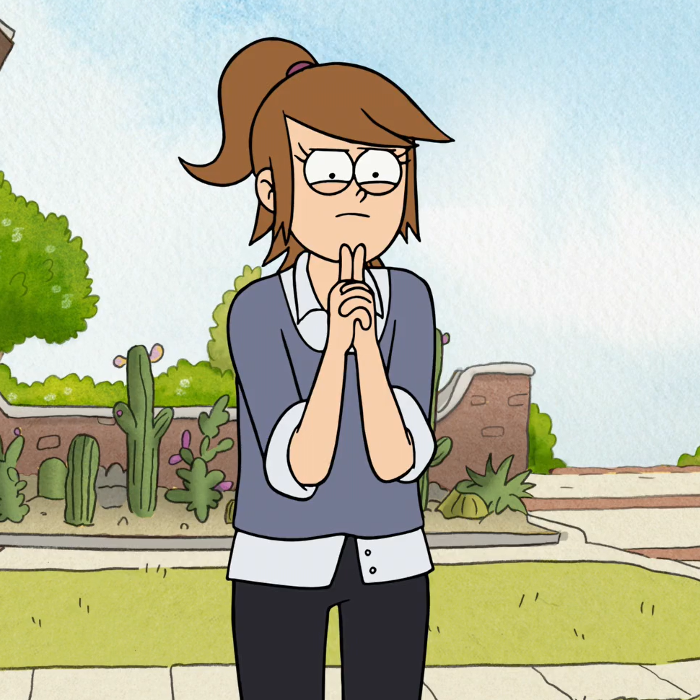This article discusses the experiences of Finnish people who visit to the German cemetery of Norvajärvi which is the most important war memorial of [Wehrmacht] soldiers who fought in northern frontiers during WWII. Norvajärvi cemetery is located in a scenic spot by a lake on a pine forest cape about 18 kilometers from the center of Rovaniemi and can thus be reached by driving (or biking). The distant location and peace it offered were a wish on the part of Germans who wanted to avoid vandalism caused by assumed hatred towards [Wehrmacht] soldiers.
Today the mausoleum contains the remains of over 2700 [Wehrmacht] soldiers who fell on Northern frontiers during WWII (1941–1945). In addition, there is a memorial to the soldiers whose bodies have not been found consisting of a stone and large cross made of iron standing in front of the mausoleum on the cape. The mausoleum is made of granite and designed by German architect Otto Kindt. The architecture is distinctively German: the building is large and simple and reminds us of the German WWI war memorials for unknown soldiers. German hero cemeteries of WWI were placed in forest environments in the middle of the nature and as part of the landscape. Furthermore, the use of natural materials such as carved stone was also advocated.
(In comparison, Finnish anticommunists typically buried Red Army soldiers in mass graves, the upkeep of which belongs to a few locals and have no official status in Finland as of today.)

